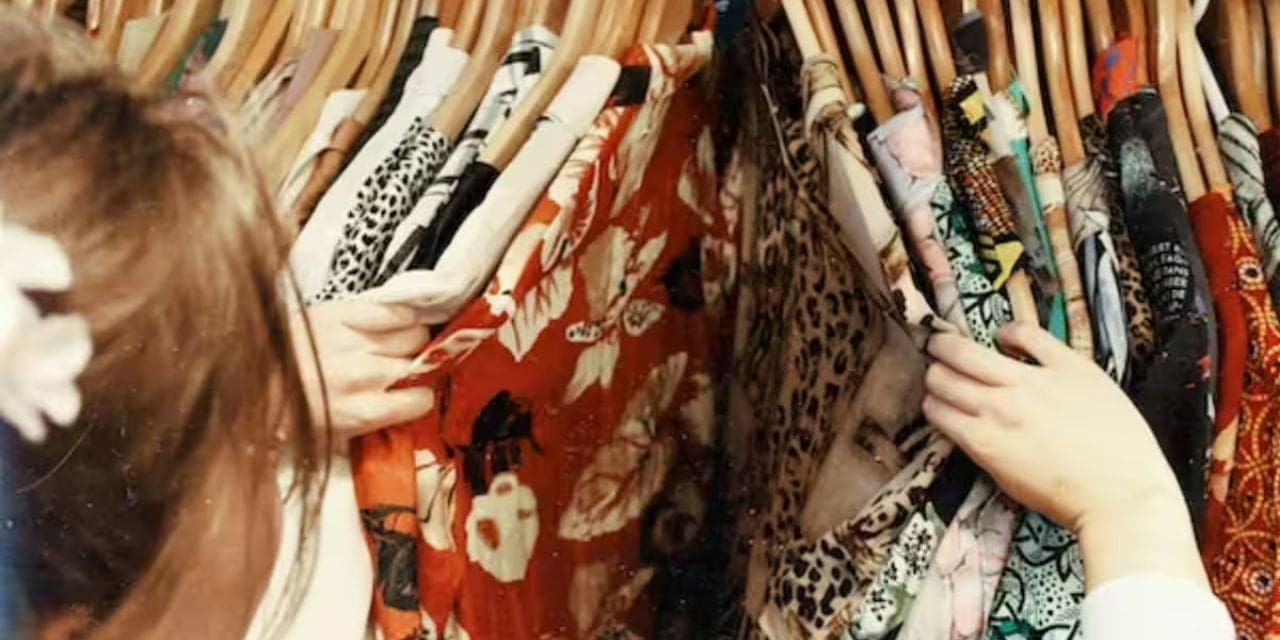-By Mansi Suryavanshi.
The goal of sustainable fashion trends in 2023 will be to lessen the negative environmental effects of the fashion business. This entails utilising environmentally friendly materials like organic cotton, hemp, and bamboo, as well as sustainable production techniques that use less water and energy.
Additionally, there will probably be a greater emphasis on circular fashion, which entails creating clothing that can be recycled, reused, or put to other uses. The use of upcycled materials, which entails recycling preexisting materials to make new apparel, is another trend that is anticipated to gain popularity. The supply chain’s openness and ethical production standards will also be significant trends to follow in a sustainable way.
The goal of sustainable fashion trends in 2023 will be to lessen the negative environmental effects of the fashion business.
The following are some of the most important sustainable fashion trends to look out for in 2023, along with some pertinent data:
Sustainable manufacturing methods: It’s getting more and more crucial to produce garments with less water and energy use.
Sustainable production techniques are being used by brands, such as employing low-impact colours, recycling water, and lowering carbon emissions. The Environmental Protection Agency estimates that the textile industry is responsible for more than 8% of the world’s greenhouse gas emissions. Designing clothing to be reused, recycled, or repurposed is known as circular fashion.
In order to extend the lifespan of their products, brands are also looking into ways to make clothing more robust. Research by Global Fashion Agenda estimates that by 2030, the fashion industry’s circular economy may be worth $4.5 trillion.
Upcycling: It’s becoming more common to use pre-existing materials to make new garments. Many different repurposed materials, such vintage textiles, are being used by brands to make new apparel. The Ellen MacArthur Foundation reported that upcycling might cut the fashion industry’s environmental effect by up to 30 %.
Transparency and ethical manufacture : Consumers are getting more and more curious about the origins of their clothing and the manufacturing process. Brands are responding by establishing ethical production practises and being more open about their supplier chains. 69 % of consumers, according to a CGS survey, are willing to pay more for goods created in an ethical and ecological manner.Overall, the fashion industry’s negative effects on the environment and society must be addressed, and sustainable fashion is more than just a trend. Brands are reacting to consumers’ growing demand for sustainable solutions by integrating sustainable practises into the whole lifecycle of their products.

